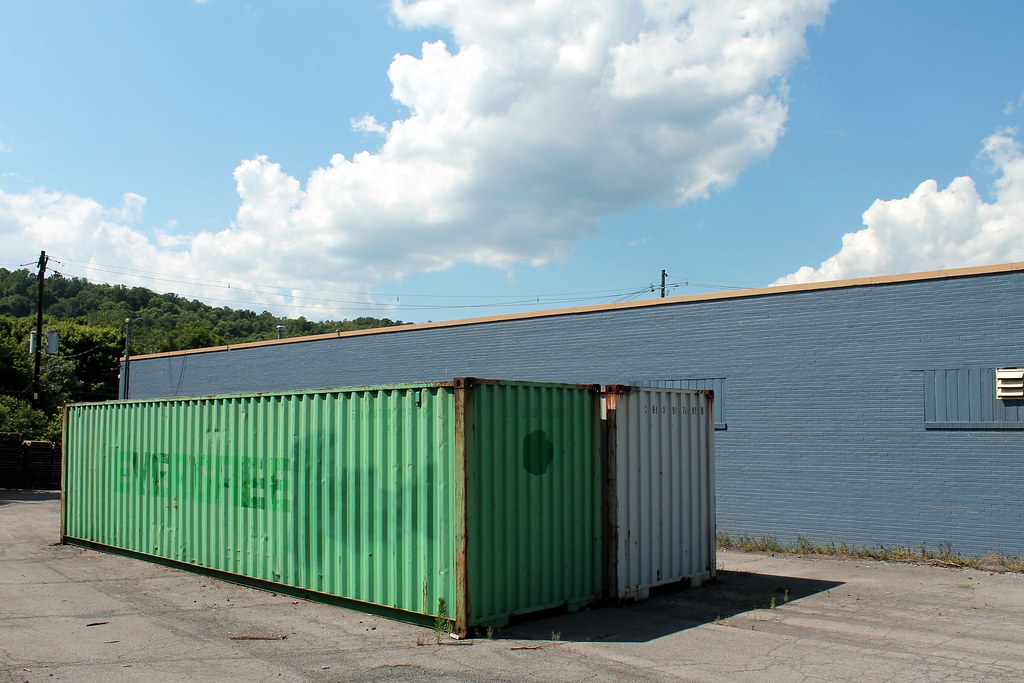How Indoor Farms Can Address Food and Marijuana Scarcity


Do you like airline food? Nobody does. It’s normally reheated, formless, shapeless and tasteless. Most airlines now want tasty, fresh food but it’s difficult to get supply to match up with airline schedules. So that’s why Emirates started making their own. Emirates Catering opened a 130,000 square foot facility capable of supplying salad green for over 30,000 meals per day. This is the important bit: it’s an indoor farm in the middle of the Arabian desert.
What attracted Emirates was that the food grown indoors would use 1/2500th of the water used in traditional growing. How? They will be using vertical hydroponic farming. In a climate-controlled sealed environment, plants grow under especially attuned LED light with no soil. It’s literally vertical with pants stacked in trays up to roof level. Under 24/7 light you get hyper yield with multiple harvests a season. And best of all, you get incredibly consistent quality with crops grown on the customer’s doorstep.
If you need to grow in a situation with really sparse resources, this is how it can be done. And this can be applied to crops beyond salad greens – like marijuana. It doesn’t need a warehouse the size of a small city either. In fact, it can be done in a box as little as 40 ft long. The concept behind The Emirates facility has been around for a while. A hugely popular trend has been the use of recycled shipping containers. Once used for transporting goods across the oceans, these steel plate boxes can be upcycled. The interiors are stripped, cleaned and refitted to something that looks a lot like a lab.
Inside are all the environmental controls, often connected via the cloud to a downloadable app. The spaces are usually taken up by towers of marijuana growing sometimes on shelves and ready for multiple harvests a year – yield is typically 4 times the rate of outdoor cannabis and hemp farms.
The main thing is that because the farm is sealed and the internal climate is controlled, a shipping container farm can be set up anywhere with flat space and access to water and electricity. There’s no fertilizer or pesticide so you don’t have to worry about agricultural runoff. Exhaust filters mask the smell. It’s a “plug and play” farm in a box.
Obviously you will still need to comply with any local zoning laws but the development of the container farm means marijuana farms can be set up anywhere. This is important because experience over the last few years from legalisation in Colorado and California shows that markets will develop differently. Growers need to be flexible to respond and container farms allow the growers to change crops and even change location quickly, as the whole container can be transported.
The other issue is transporting produce. Typically all marijuana for markets like Alaska has had to be imported which is still a tricky business. The technology allows all markets to have access to their own produce. This isn’t a pipe-dream. We’ve already seen container farms used to grow other crops in the remote areas where transport and importation would otherwise make products too expensive – lettuce in Anchorage, Alaska or kale in Churchill, Manitoba.
Cannabis container farms will be part of the grower’s arsenal as the market continues to expand. It’s not just here in the USA – it’s across Canada, Europe, Latin America perhaps even Australia and Africa too (did you know cannabis is legalized in South Africa?). Whichever way you look at it, container farms will be part of the cannabis story everywhere.
If growing marijuana indoors catches your interest but you do not have the resources for an indoor farm, you would be delighted to know that there is an alternative. An alternative route that you can take to replace indoor farms are container storages. Storage facilities are storage spaces that you can rent out to store practically anything! You may need to apply for a license to grow marijuana, medical or not, though. Also, don’t forget to ask special permission from the storage facility first before you establish your own indoor farm because some will not allow such activity.